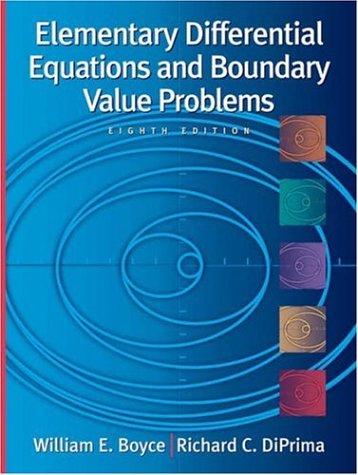Question
In R, there is a package called lme4 that holds the function lmer, which is used to fit random effects model. The attached data set
In R, there is a package called "lme4" that holds the function "lmer," which is used to fit random effects model. The attached data set has four movie critics rating the same four movies. We are not interested in the particular differences between the individual critics, but rather how the variable "critic" affects the score of the movie in general. That means we will treat the variable "critic" as a random effect and not a fixed one.
1. Import the movie critic data below. In R, to add a random effect x, use the syntax (1|x). So a line of R code may look something like:
model = lmer(score ~ (critic|1), data = data)
Use a model of this sort to fit the critic data, thinking of "critic" as a random effect. Repeat this model fitting using "critic" as a fixed effect. What is the major theoretical difference?
If you worked at Rotten Tomatoes and had access to other data besides critic score, what other data would you be interested in testing with this method?
Satisfaction Age Severity Anxiety
68 55 50 2.1
77 46 24 2.8
96 30 46 3.8
80 35 48 4.5
43 59 58 2
44 61 65 5.1
26 74 60 5.5
88 39 42 3.2
75 82 42 3.1
57 27 50 2.4
56 51 38 2.2
88 53 30 2.1
88 41 31 1.9
102 37 34 3.1
88 24 30 3
70 27 48 4.2
82 50 61 4.6
43 58 71 5.3
46 60 62 7.2
56 62 38 7.8
59 68 41 7
26 70 66 6.2
52 79 37 4.1
73 39 42 3.5
Step by Step Solution
There are 3 Steps involved in it
Step: 1

Get Instant Access to Expert-Tailored Solutions
See step-by-step solutions with expert insights and AI powered tools for academic success
Step: 2

Step: 3

Ace Your Homework with AI
Get the answers you need in no time with our AI-driven, step-by-step assistance
Get Started


